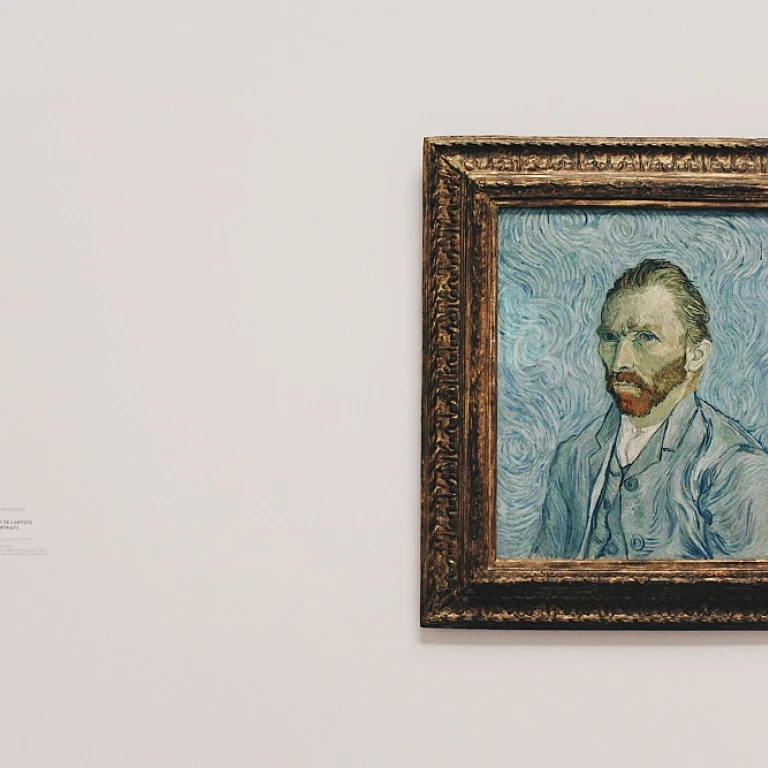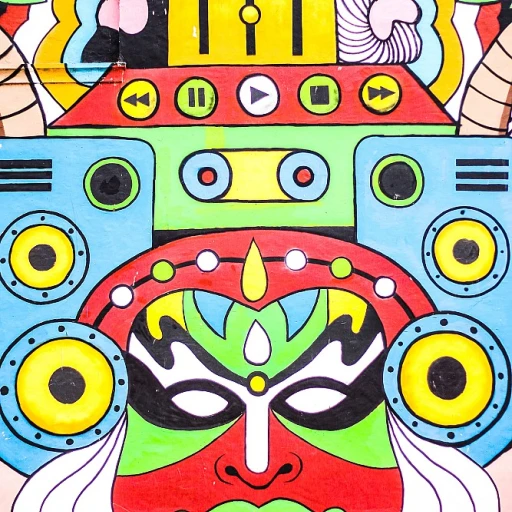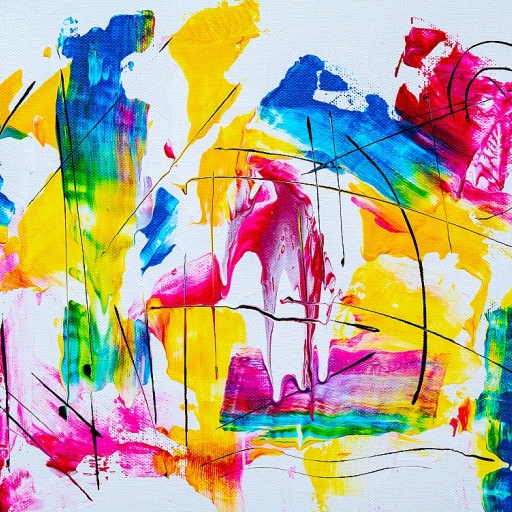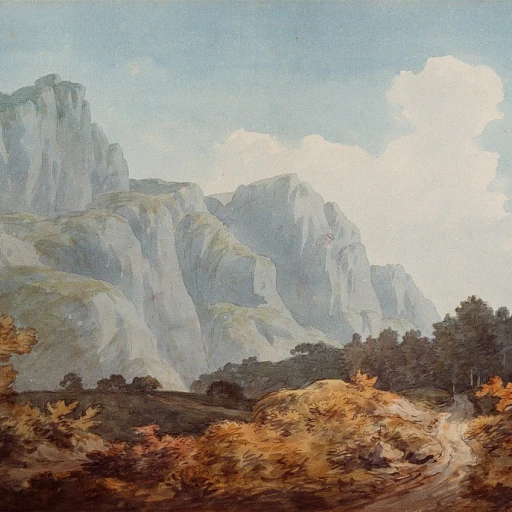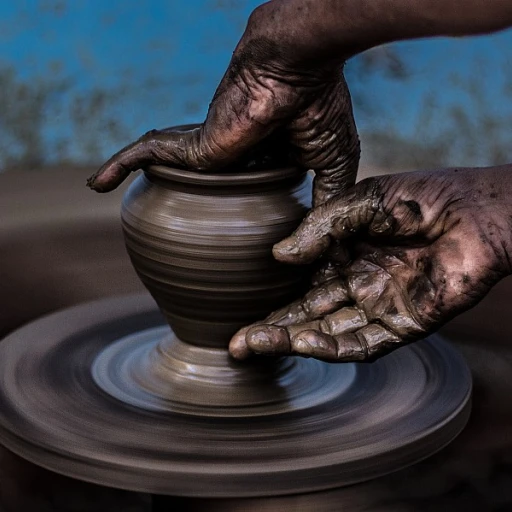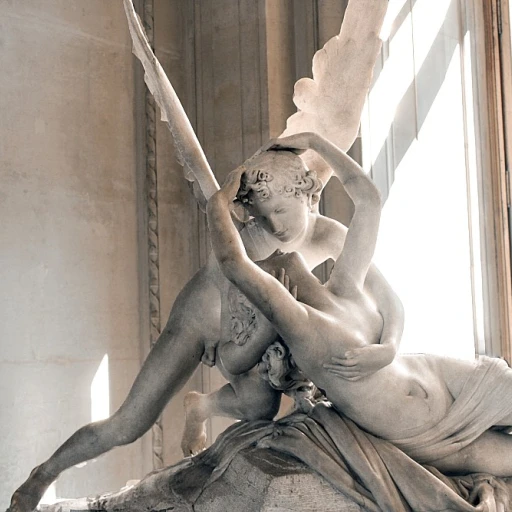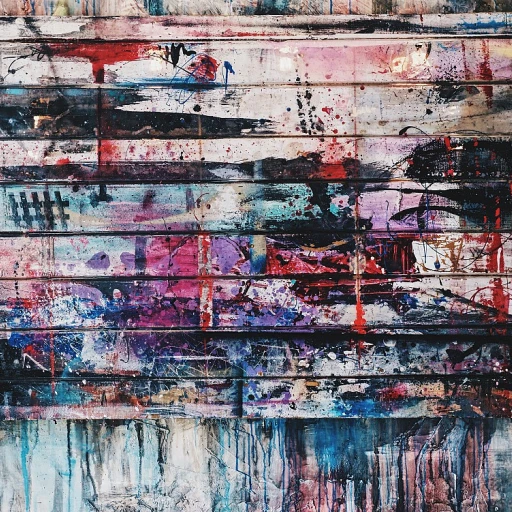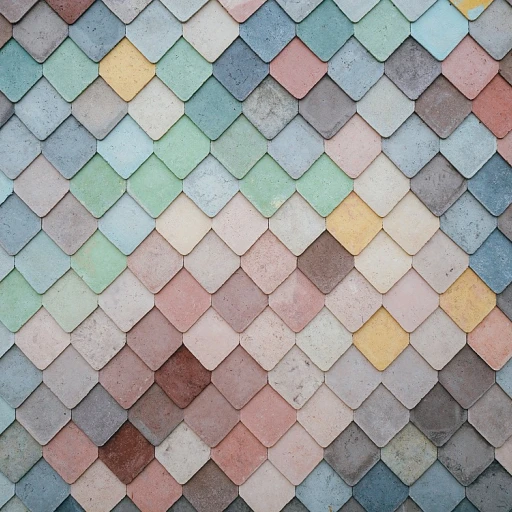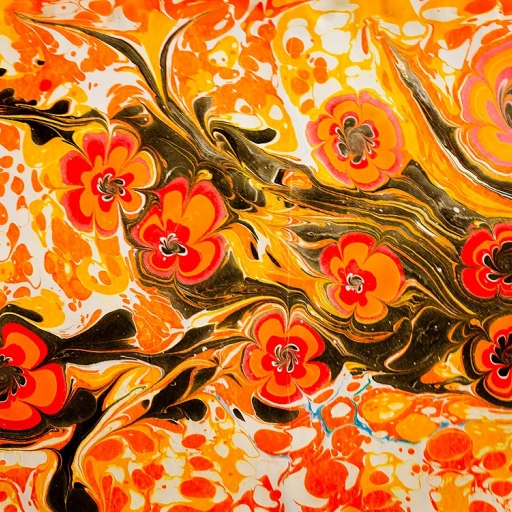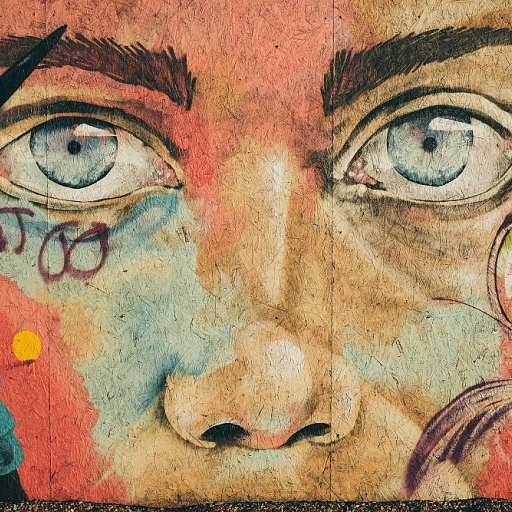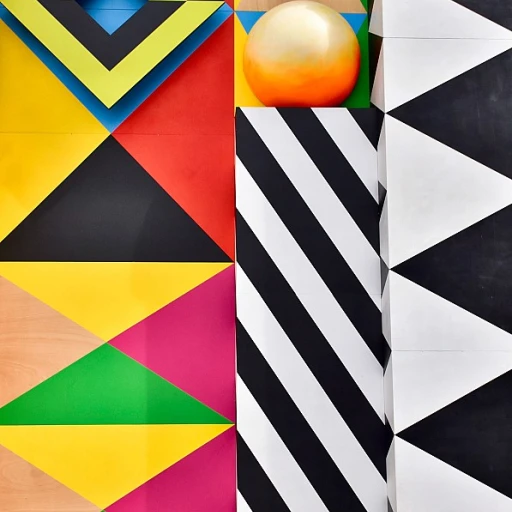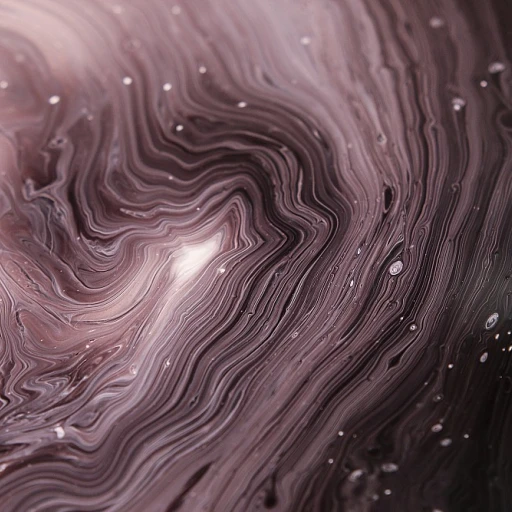-teaser.webp)
The Essence of African Utilitarian Style
Unveiling the African Utilitarian Aesthetic
The African utilitarian style in luxury art stands as a testament to the continent's deep-rooted cultural heritage and artistic prowess. Unlike traditional western art forms, African art is often intertwined with everyday life, embodying both functionality and beauty. This blend of pragmatism and artistry is vividly seen in objects and sculptures that serve ceremonial, personal, or societal purposes. From the renowned Benin bronzes to delicate African textiles, each piece narrates the rich cultural stories of its people. African art often embodies a unique balance between traditional and contemporary elements. Modern artists seamlessly weave traditional motifs with contemporary interpretations, creating artwork that resonates with both the past and present. This harmonious blend is particularly evident in African masks that, while maintaining their traditional roots, have inspired modern art movements globally. The influence of African utilitarian style extends beyond the continent's borders, inspiring renowned artworks that have shaped modern art history. Early century figures, such as those in Picasso's repertoire, reflect a profound admiration for African geometric patterns and sculptures. Exploring the elegance of black Christian art further illustrates how African utilitarian elements have been identified and cherished across diverse artistic domains. Each piece of African art serves as a powerful emblem of a rich heritage, inviting art enthusiasts to delve deeper into the continent's vibrant cultures and traditions. As you explore this elegant yet functional art form, you unlock a deeper understanding of the cultural and artistic narratives that continue to shape modern luxury art today.Historical Influences on Modern Luxury Art
Historical Tapestry: Birth of a New Era
Understanding the intersection of traditions and modern influences unveils a vivid narrative that frames the elegance of African utilitarian style within the realm of luxury art. As the continent's rich tapestry of history unfolded, art from Africa began to captivate the world with its complexity and depth. Distinctive elements from traditional African motifs and contemporary design started to blend into what we now celebrate as modern art. It’s indispensable to explore how early century cultural exchanges affected the evolution of luxury art. Artifacts like Benin bronzes and African masks signify more than decorative objects; they represent the cultural evolution and heritage of African people. These sculptures and masks, deeply rooted in the continent's societal and spiritual frameworks, were birthed from landscapes rich in diverse cultures. West Africa, in particular, holds a treasure trove of cultural heritage, including intricate African pottery and African textiles from a range of ethnic groups. The geometric patterns and symbolic figures prevalent in African art have been integrated into contemporary art forms, influencing modern design and fashion. Traditional African artistic expressions were further catapulted into the spotlight through global recognition by figures in the art world. Museums worldwide now feature these artistic treasures, celebrating their historical and cultural significance. This recognition has established African art as an integral part of the cultural conversation, influencing artists and designers today. The contemporary reevaluation of African art, including museum art and African sculptures, aligns with a broader appreciation of cultural diversity in artistic endeavors. Artists are now seen as pivotal figures in promoting this fusion, creating a platform where modern spaces come alive with historic reverence. In recognizing such artistic innovation, contemporary African art continues to draw from its roots while embracing global trends. By balancing these elements, a bridge between cultural history and modern luxury is forged, giving birth to a unique aesthetic that captivates the global stage. For insights on how these artistic legacies manifest through inspired artworks, explore the artistic legacy of African influences. Whether traditional or modern, each piece reveals a tapestry of stories waiting to be discovered.Materials and Techniques
Distinctive Materials and Exquisite Techniques
The luxury art scene has long marveled at the raw yet sophisticated beauty of African art, drawing upon the rich and varied array of materials and techniques that are inherently tied to Africa's cultural legacy. This distinctiveness is particularly evident in the continent's use of natural resources to express profound artistic narratives, both traditional and modern.
A cornerstone of this elegance is the use of indigenous materials, such as the beautifully intricate African textiles that reflect unique geometric patterns and cultural stories of their communities. These textiles, often adorned with vibrant colors and symbolic motifs, have been a staple in both utilitarian and decorative forms across the centuries, enriching the creation of modern art and design.
The artistry extends beyond textiles, with traditional African sculptures and African masks illustrating a deep reverence for form and symbolism. Historically, materials like wood, ivory, and bronze have been central to these creations, with African sculptures such as those from Benin revealing masterful craftsmanship. The famed Benin bronzes stand as testament to West Africa's sophisticated lost-wax casting techniques. Similarly, African pottery not only serves utilitarian functions, retaining its cultural heritage, but also graces contemporary spaces with its organic beauty.
These artistic objects remain influential, with museums around the world showcasing African masks and sculptures as key exhibits. For instance, early-century museum art often highlights the link between traditional African and modern pieces, showing their significance in the context of cultural exchange. Intriguingly, the influence African art has had on notable figures like Pablo Picasso is well-documented, with the continent's bold aesthetics driving modern artistic movements.
In the contemporary art world, we find a renewed appreciation for the combination of traditional techniques with innovative approaches. This dynamic synergy in materials and craftsmanship continues to captivate both collectors and aficionados, ensuring that African art maintains its prominent position within the global luxury market. For further insights into how art from different cultures intertwines with modern designs, explore the allure of Ed Morgan's The Wake signed prints, which similarly employ a deep cultural resonance.
Prominent Artists and Their Contributions
Influential Figures in African Utilitarian Art
In the realm of African utilitarian art, several artists have made significant contributions, blending traditional African elements with modern aesthetics. These artists have played a pivotal role in bringing African cultural heritage to the forefront of the luxury art market.
One of the key aspects of their work is the use of traditional African motifs and materials, such as African textiles and geometric patterns, which are often seen in West African art. These elements are not only visually striking but also carry deep cultural significance, reflecting the rich history and diversity of the continent.
Contemporary African artists have also been instrumental in redefining the perception of African art. By incorporating modern design principles and techniques, they have created pieces that resonate with both traditional and contemporary audiences. This fusion of styles is evident in the use of African masks and sculptures, which have been reimagined in new and innovative ways.
The influence of African art on modern art movements cannot be overstated. Early century artists, including renowned figures like Pablo Picasso, drew inspiration from African sculptures and masks, integrating these elements into their own work. This cross-cultural exchange has enriched the global art scene, highlighting the universal appeal of African artistic expressions.
Furthermore, the preservation and promotion of cultural heritage through art have been a central theme for many African artists. The Benin bronzes, for instance, are a testament to the intricate craftsmanship and historical significance of African art. These objects, along with African pottery and other traditional artifacts, continue to captivate audiences in museum art exhibitions worldwide.
As the market for African utilitarian luxury art continues to grow, the contributions of these artists remain invaluable. Their work not only celebrates the cultural richness of Africa but also challenges and inspires the global art community to appreciate the beauty and complexity of African art.

